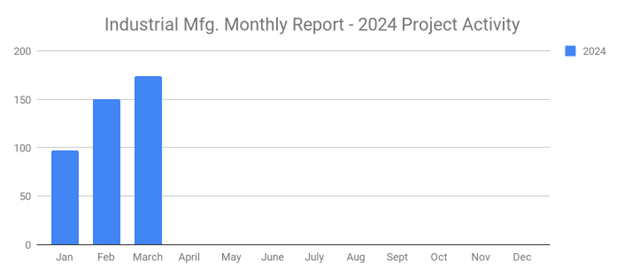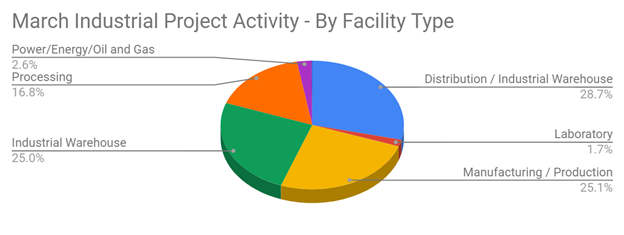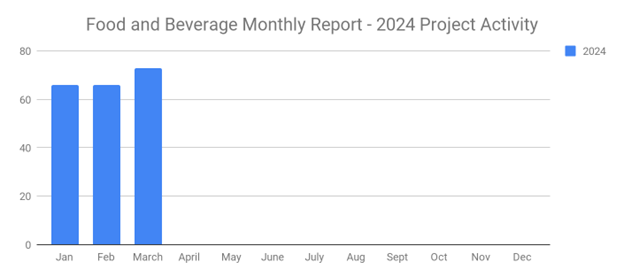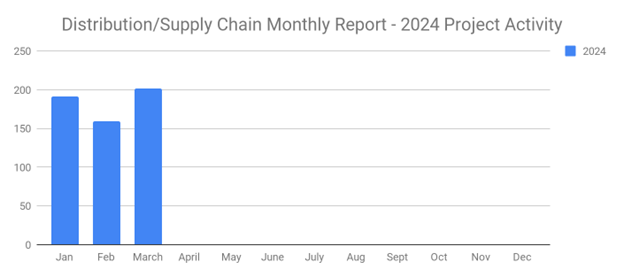-
Posted On Thursday, April 20, 2017 by Robert Smith

Targeting the right B2B sales leads is essential for all businesses. Of course, many B2B companies focus their business development efforts on the coveted C-suite prospects, assuming this will yield more conversions/sales. While there's nothing wrong with targeting C-suite prospects, you shouldn't focus solely on this audience while neglecting other, potentially more lucrative leads.
What is C-Suite Leads?
C-suite leads is a catch-all term used to describe a company's most important senior executives. It receives its namesake for the “C” in reference to chief executive officers, chief operating officers, chief information officers, etc.
Conventional wisdom may lead you to believe that C-level officials have greater buying authority, making them a prime target for B2B sales. As such, many salespersons invest countless hours and resources into targeting this coveted demographic.
Going Beyond C-Suite
Granted, C-suite leads can yield sales becuase of the decision making abilities, but you shouldn't forget to target other, "lower-level" roles like VP, Directors, Sr. Managers,. The decision maker of a prospective company isn't necessarily a C-level executive. Rather, he or she is typically at a lower level. This is explained in the State of Human Resources report, which reveals the growing number of lower-level workers who consume content and subsequently buy products and services for their respective companies.
Report Sheds Light on C-Suite Content Consumption
According to the 2017 State of Human Resources: Content Consumption and Demand Report, mid-level HR professionals were responsible for most HR content consumption. This includes content consumption by directors, managers and individual contributors. The report also found that senior-level roles were more dormant when compared to mid-level roles. Director-level content consumption exploded by 27% year-over-year, according to the report. But C-suite accounted for only 5% of all content consumption.
Granted, the report cited above focuses specifically on content consumption and not necessarily conversions/sales, but it still attests to the importance of diversifying your sales efforts. Because sales and content go hand-in-hand, you can't include one in your company's overall strategy without the other.
Content consumption is a form of inbound marketing. It encourages prospects to seek out more information about your company and the services or products that it offers. As explained in the report, only 5% of all content consumption analyzed occurred at the C-level. This means 95% of content consumed occurred at a lower level. If you don't target these lower levels, you'll miss out on a huge chunk of potential conversions/sales.
What to learn more? Get in Touch
Latest Posts
-

Q1 2024 Ends on a Strong Note with March Producing 174 New Industrial Manufacturing Planned Projects
-

Q1 2024 Ends on a Strong Note with March Producing 174 New Industrial Manufacturing Planned Projects
-

Q1 Brings Strength to the Food and Beverage Industry with 73 New Planned Industrial Project for March 2024
-

Q1 Rebounds with 202 New Distribution and Supply Chain Planned Industrial Projects in March 2024
